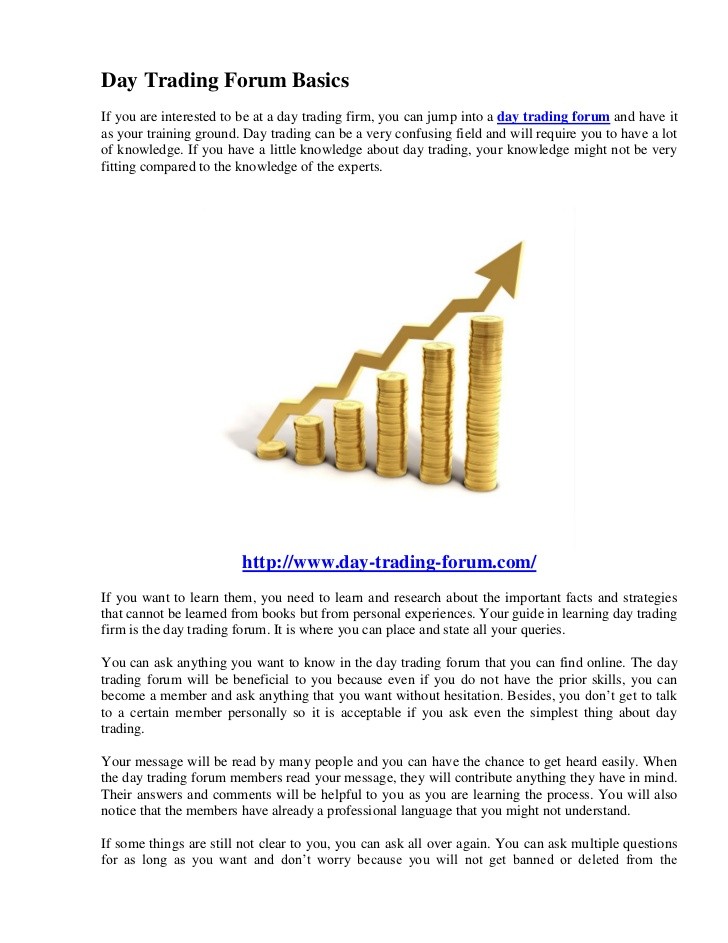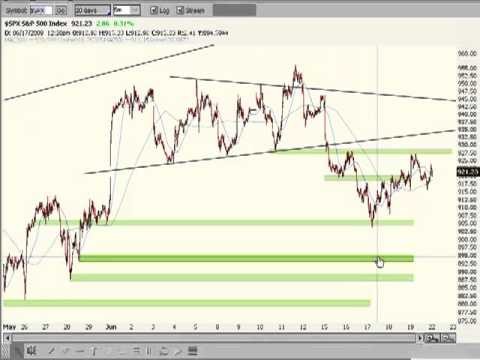Day Trading Basics
Post on: 10 Апрель, 2015 No Comment

Day Trading Basics
First, let’s be clear about what day trading isn’t. It’s not investing. which is the process of buying a stake in an asset that will hopefully build a profit over the long term. How long is subjective, but investors generally hold assets for years, even decades. And they’re usually concerned with the businesses they invest in. They look for companies that make solid profits, pay off debts in a timely manner, have a strong pipeline of products and avoid litigation.
Day trading, on the other hand, involves buying and selling securities within the same day. Day traders often use borrowed money to take advantage of small price movements in highly liquid stocks or indexes. In general, they follow the same wisdom as longer-term investors: They try to buy low and sell high — they just do it in a very compressed window of time .
It might work something like this. Let’s say a day trader buys 1,000 shares of a certain stock at 10:00 a.m. At 10:15, as the price begins to rise, he or she then sells it. If the stock is up by ½ ($0.50) when he or she sells, the day trader makes $500, minus a commission. If our trader is using Scottrade, a popular online trading platform, the commission for stock transactions can range from $7 to $27, giving our trader a net profit in the range of $493 to $473. Of course, we have to take taxes into consideration. When a person sells an investment he or she has owned for less than a year, the profit is taxed at the person’s personal gains rate. which can be as high as 35 percent. Long-term capital gains, by contrast, aren’t taxed at a higher rate than 20 percent. Clearly, tax planning is an essential element of day trading.

If our trader’s profit seems like small potatoes, remember that day traders don’t make one or two trades a day — they may make 25 to 30. Thus, they multiply their profits by increasing the volume of trades. To limit their risks, day traders generally won’t own stock overnight because prices can change radically from one day to the next. News events and corporate announcements often drive this market volatility, so traders must be available and ready to respond at a moment’s notice. Unlike investors, who may wait until logic prevails or for additional information becomes available, day traders move quickly, making decisions in minutes, even seconds.
In between the two extremes — investing for years and trading in seconds — exist other investment horizons and other types of trading. Swing trading refers to holding a stake in a stock or commodity for several days. Position trading refers to holding a stake in a stock or commodity for several weeks or months. The diagram above shows how the timing of these various activities varies. They all carry a certain amount of risk, but day trading is probably the riskiest and the most controversial. When we look at the history of day trading next, we’ll learn where its infamous reputation came from.














